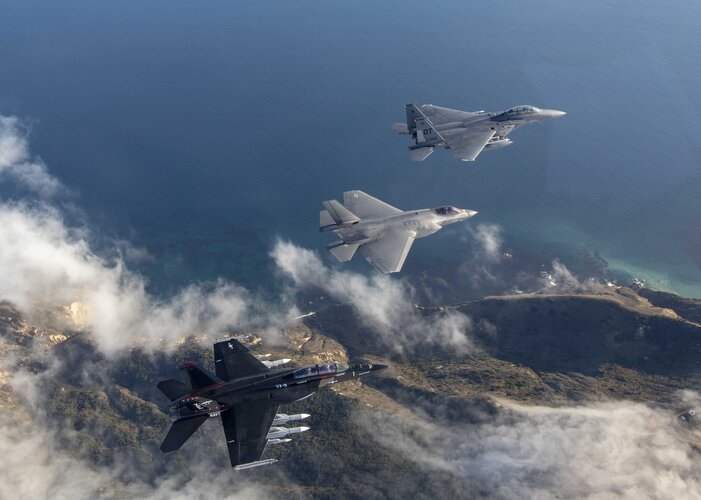Ainen
I really should change my personal text
- Joined
- 25 August 2011
- Messages
- 1,238
- Reaction score
- 1,652
Satellites, their shoot down/replenish in direct war between big militaries are a rather unknown quantity.Bears are not the issue. PRC satellites are.
Their ability to generate reliable target level tracks when respective constellations are actively engaged is under a big question mark.
Same is true for OtH systems - convenient during peacetime, juicy and obvious high priority objectives during war.






